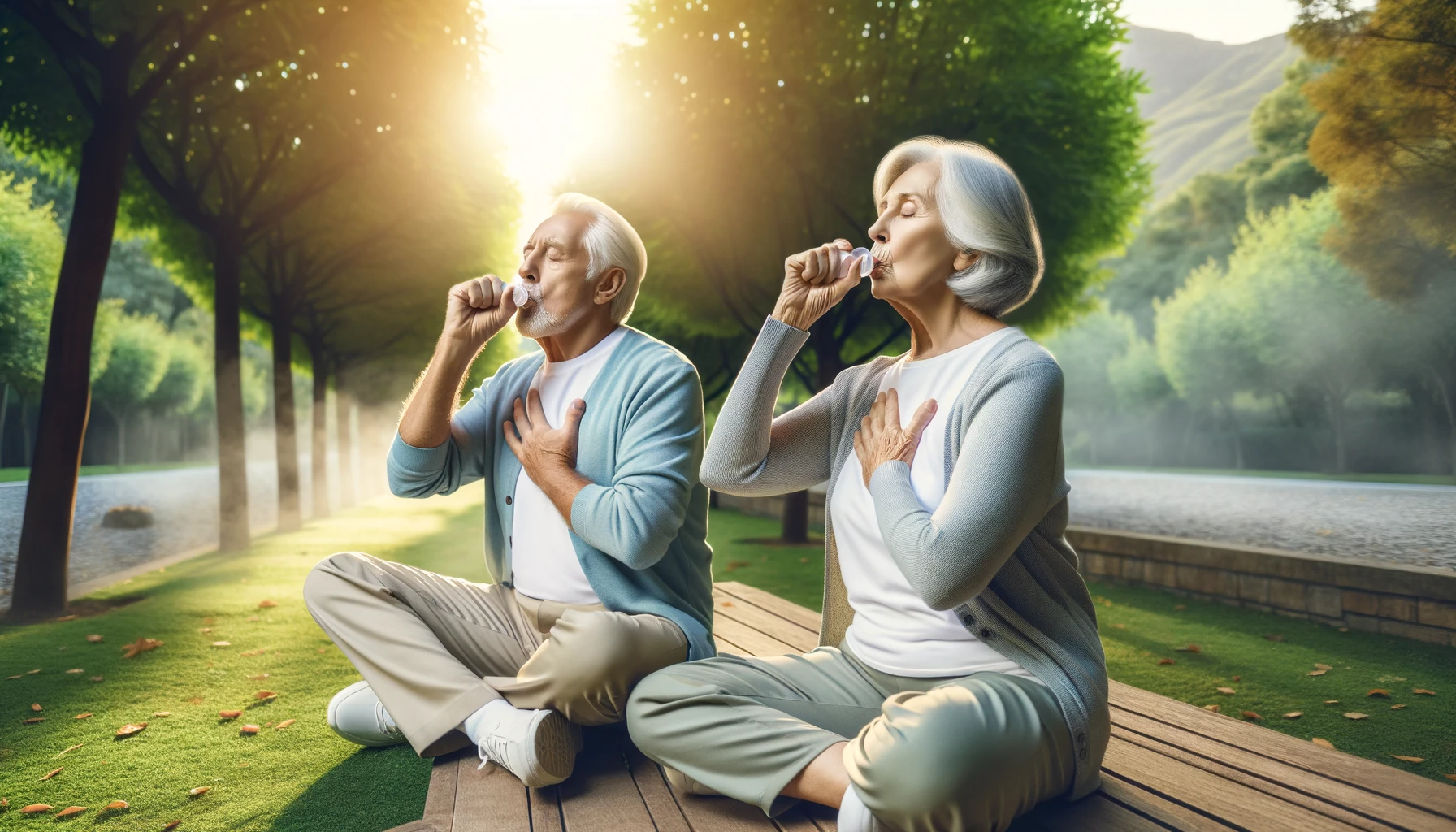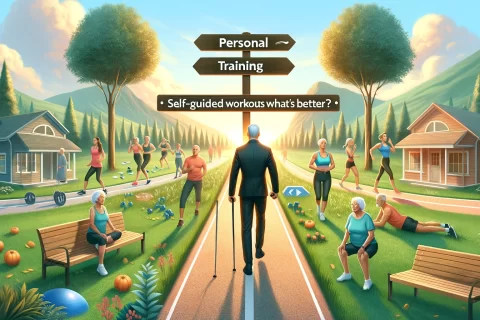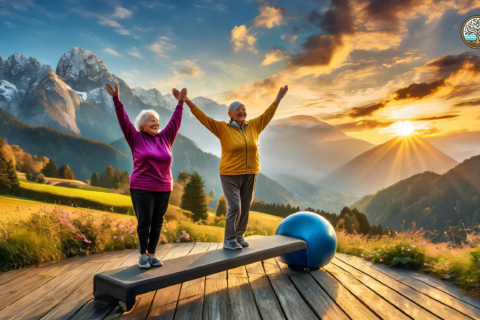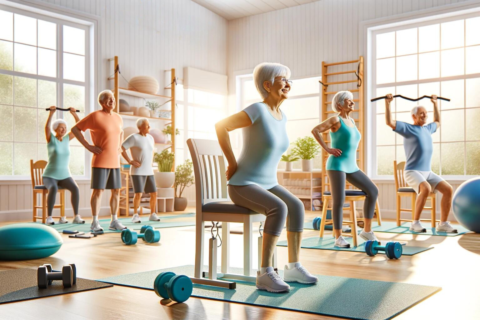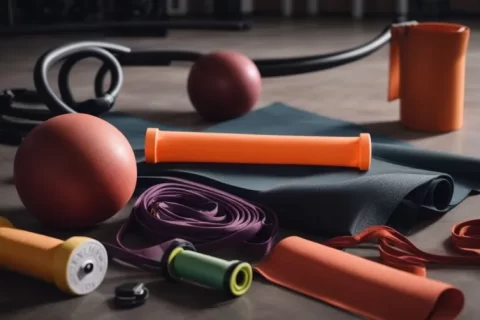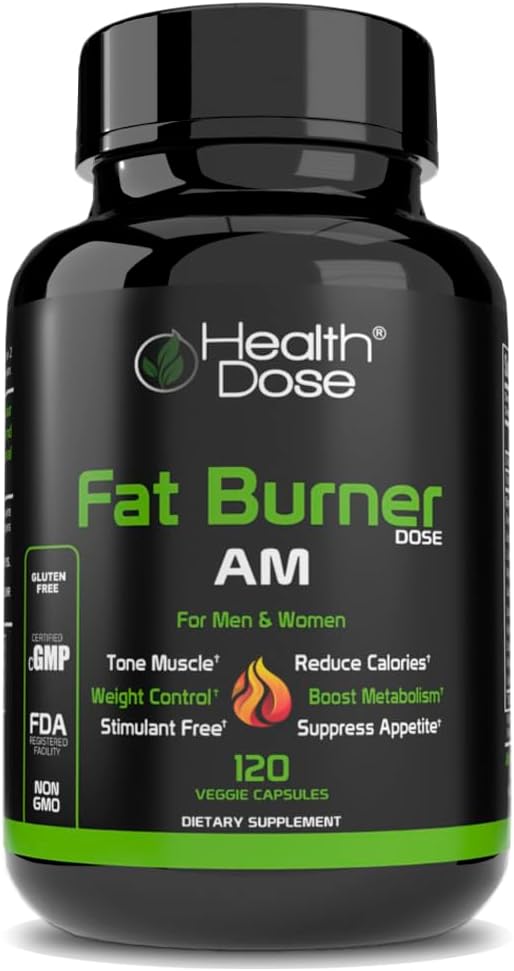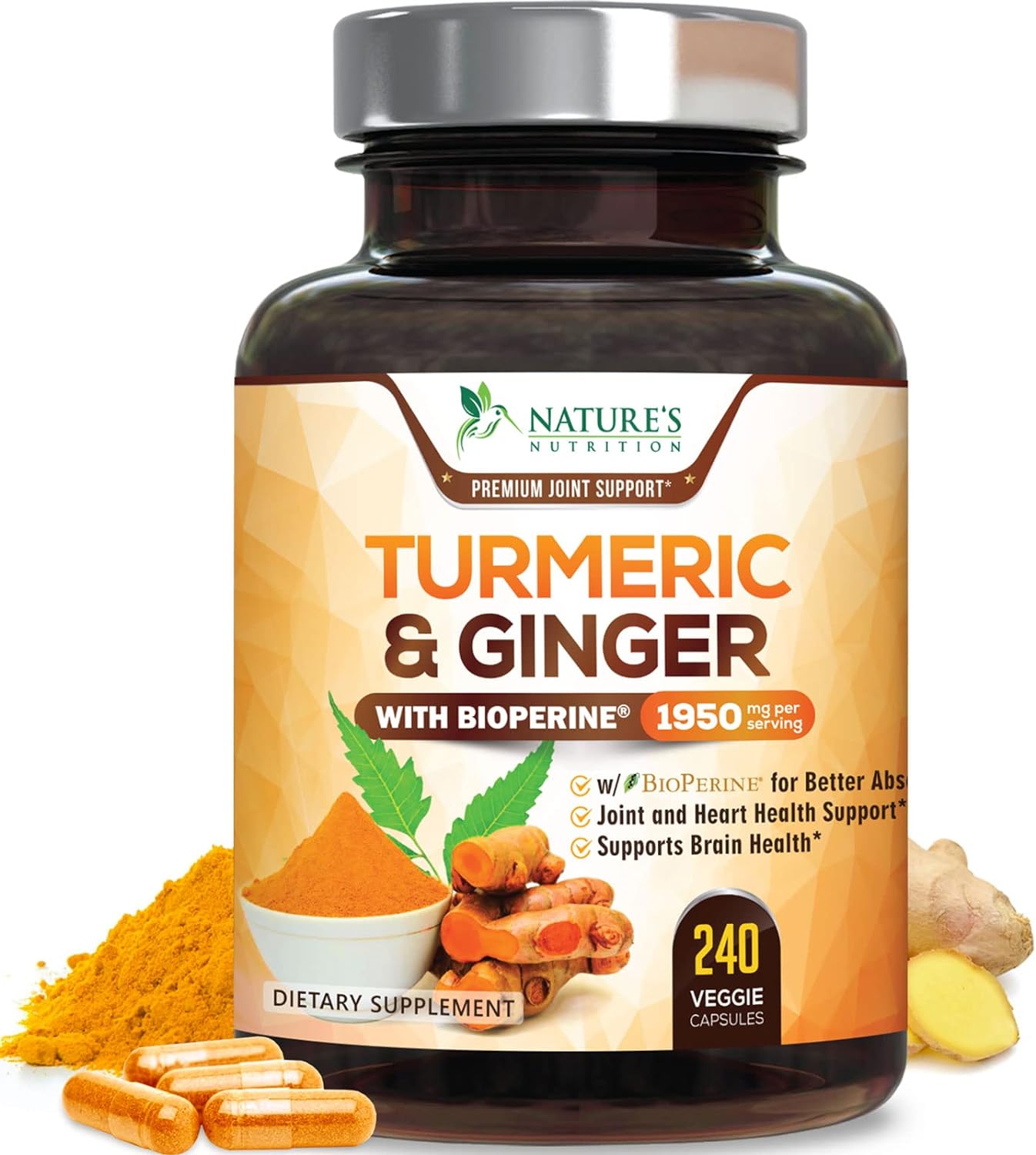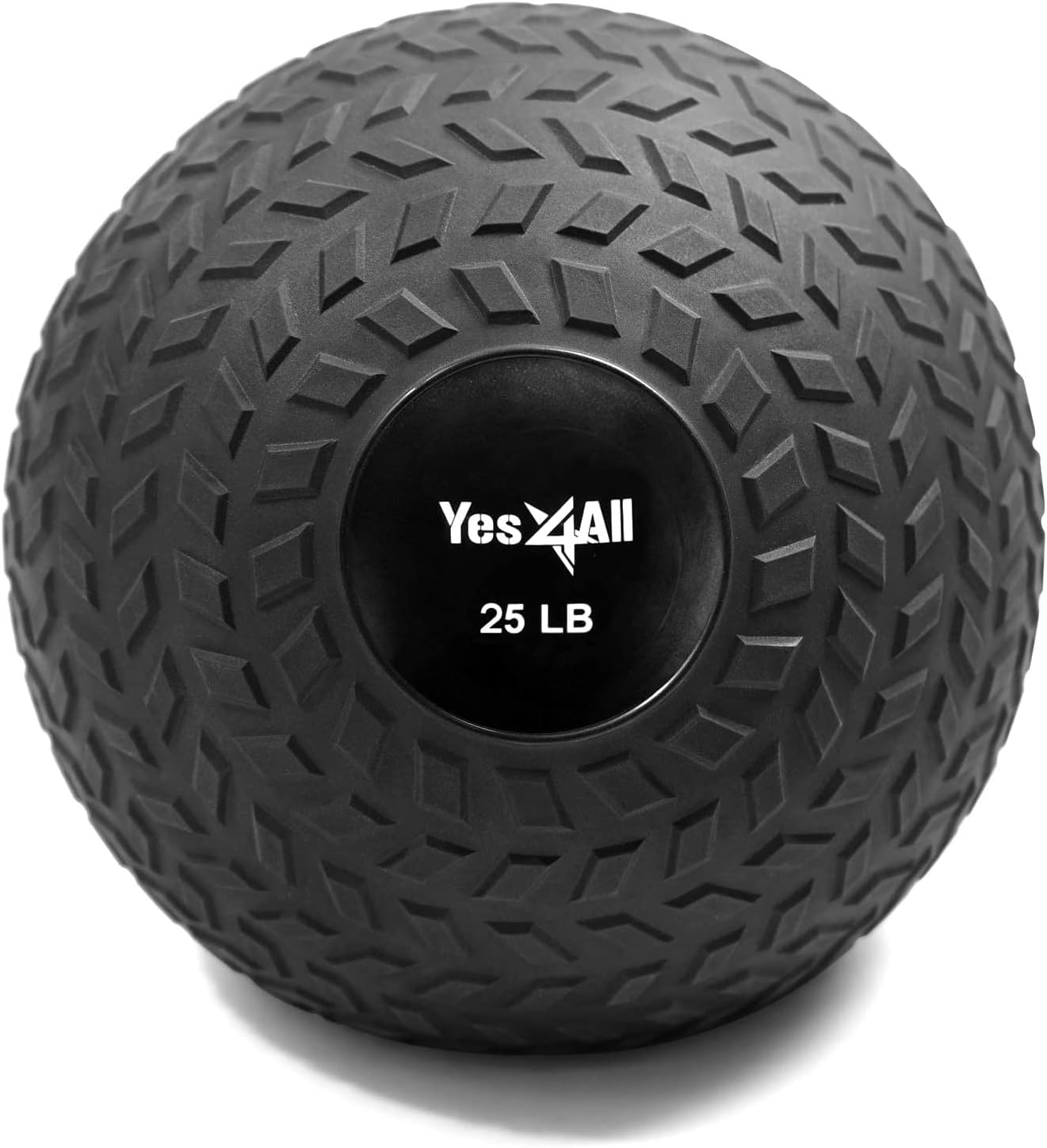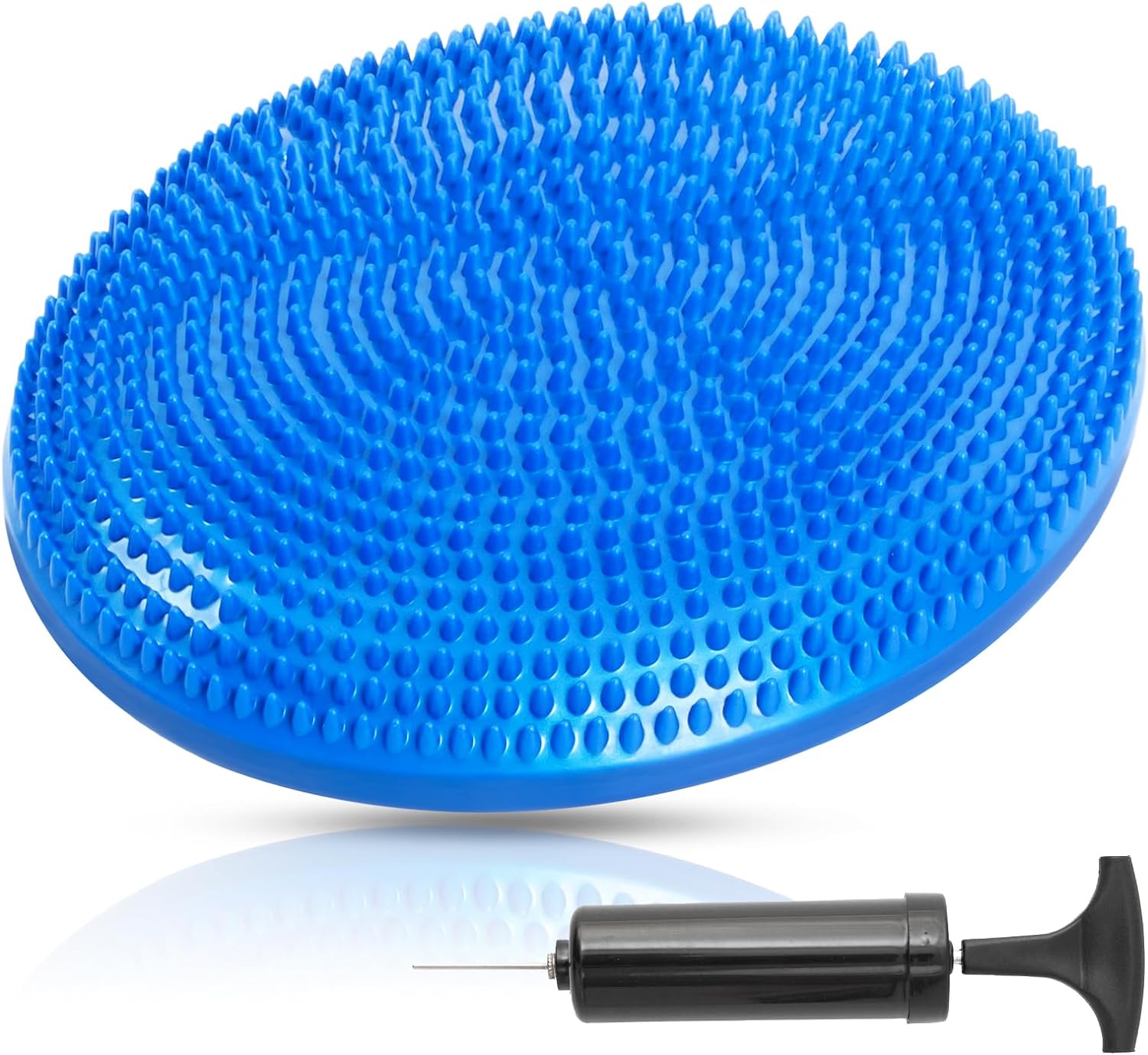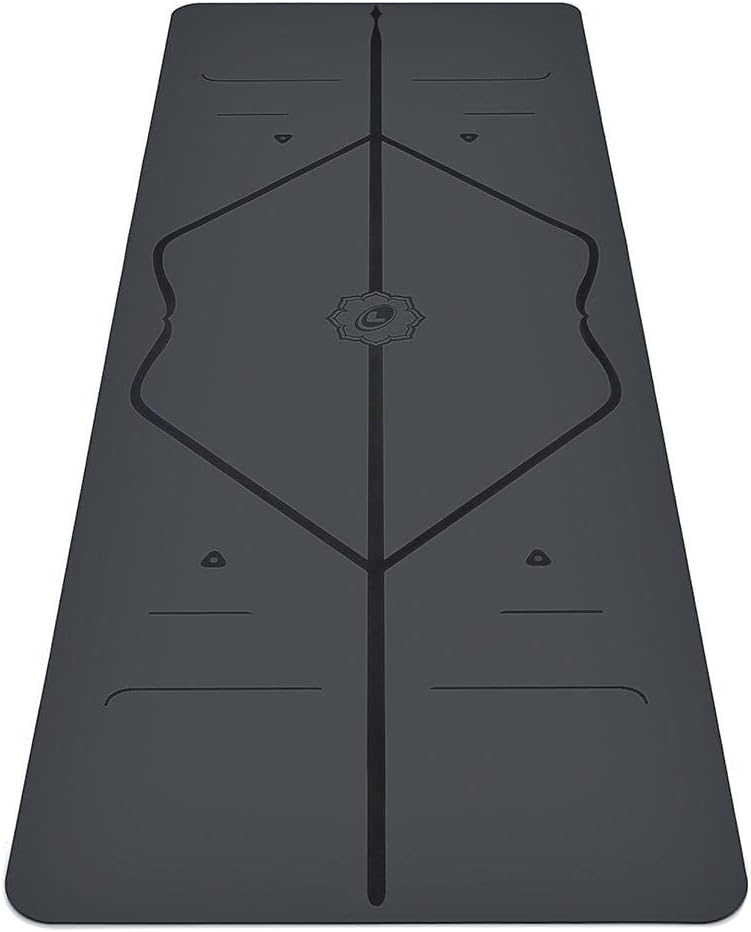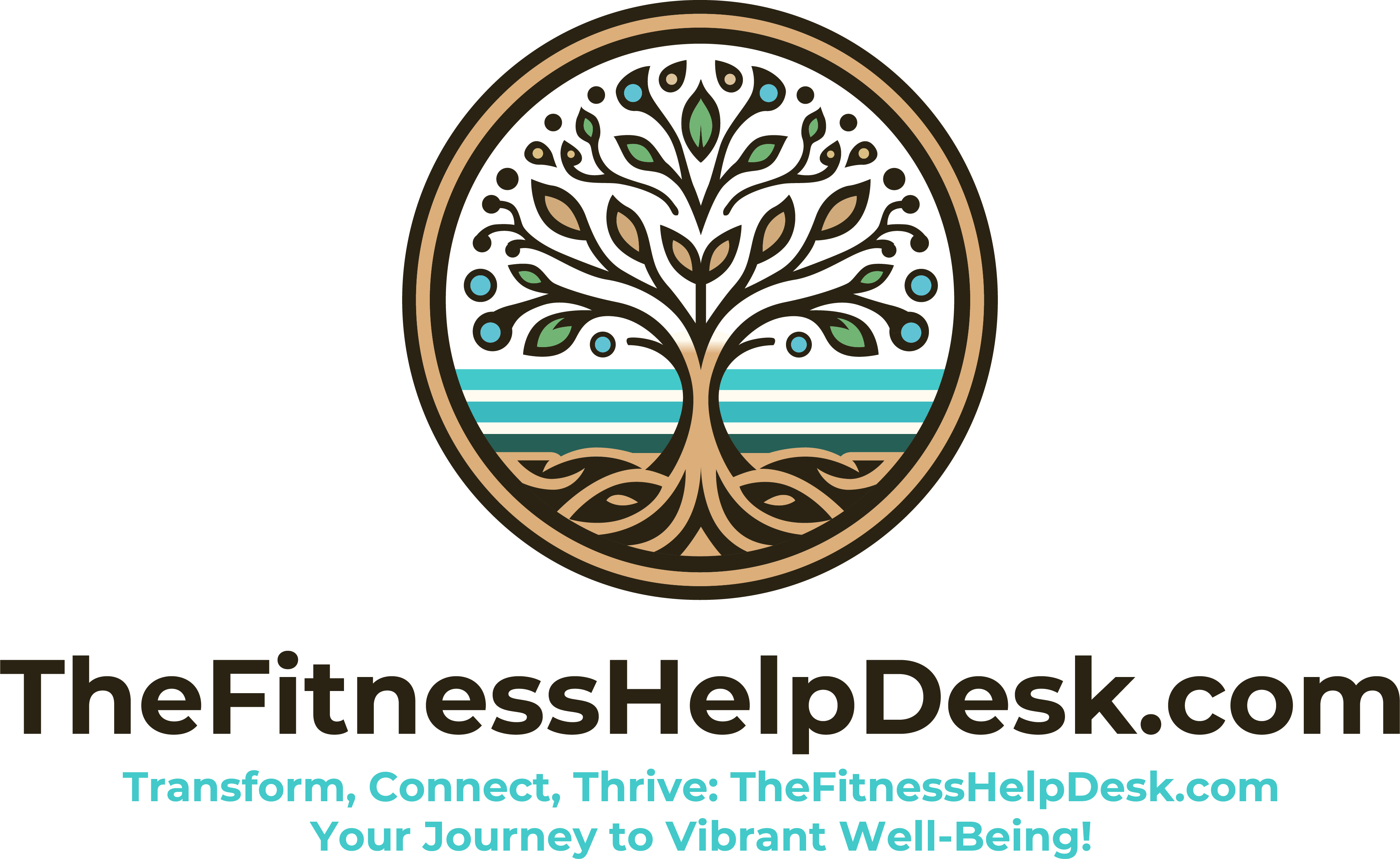Introduction
Breathing deeply nourishes the body with oxygen and revitalizes every cell, particularly crucial for seniors managing pulmonary conditions. This guide is tailored specifically for elderly individuals seeking to improve their lung health through targeted exercises for pulmonary rehab. Here at The Fitness Help Desk, we’re committed to offering practical, evidence-based fitness and nutrition advice, and this article delves deep into respiratory exercises that can significantly enhance quality of life.
Why Focus on Exercises for Pulmonary Rehab?
Focusing on exercises for pulmonary rehabilitation is essential, especially for seniors, because it directly addresses the challenges posed by aging and respiratory health. As people grow older, their lung function typically declines due to reduced elasticity in the lungs and weakening of the respiratory muscles. This can lead to difficulty in performing everyday activities, increased susceptibility to respiratory infections, and a general decrease in quality of life.
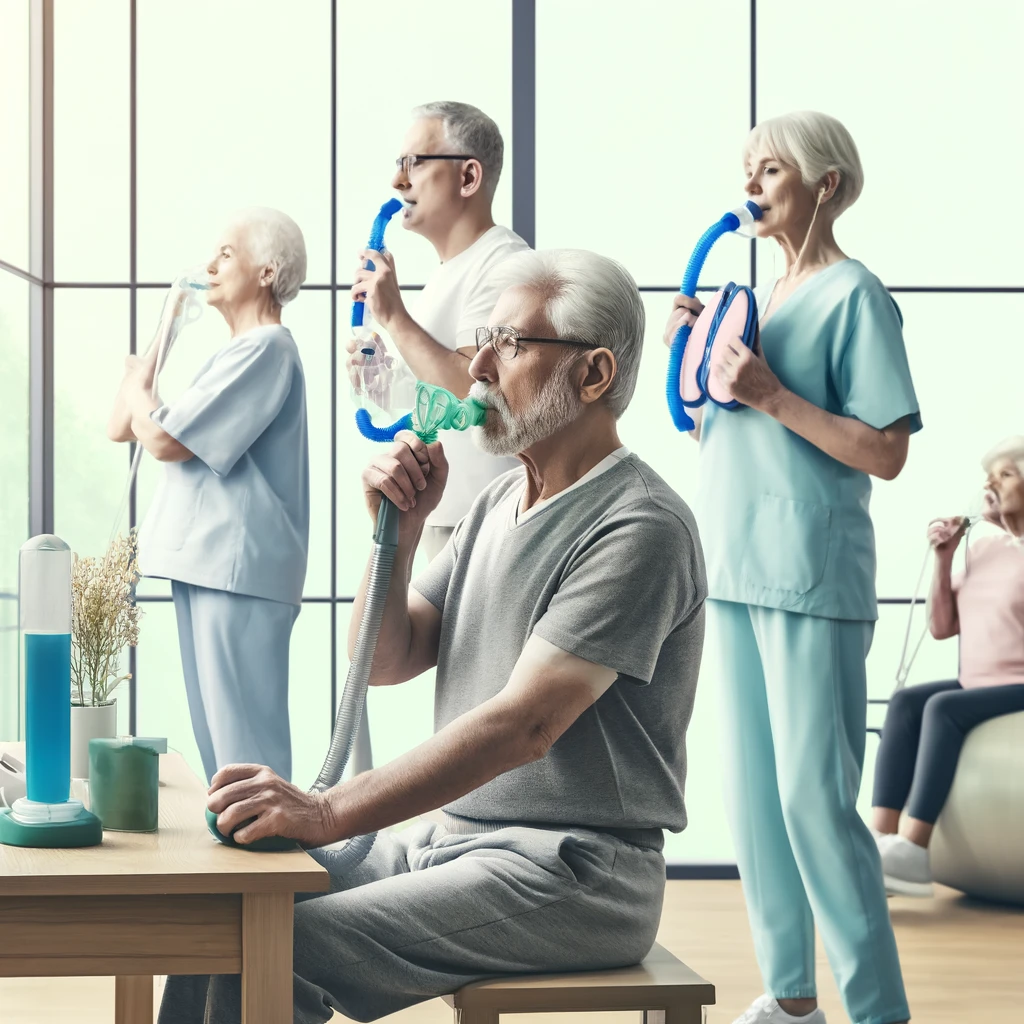
Exercises for pulmonary rehab are designed to improve lung capacity, enhance the efficiency of breathing, and strengthen the muscles that support respiratory function. These exercises not only help in managing symptoms of chronic respiratory diseases like COPD, asthma, and emphysema but also reduce the risk of hospitalizations due to respiratory complications.
Moreover, these exercises improve overall stamina and energy levels, enabling seniors to maintain an active lifestyle. Regular practice can also mitigate the psychological impacts of chronic lung conditions by improving mood and reducing anxiety associated with breathlessness. Thus, focusing on pulmonary rehab exercises is a strategic approach to enhancing both the physical and emotional well-being of seniors, allowing them to lead more fulfilling and independent lives.
Benefits of Respiratory Exercises for Seniors
Respiratory exercises for seniors provide numerous health benefits that are essential for maintaining and improving lung function, especially as the body ages. Here’s a concise breakdown.
A. Increased Lung Capacity
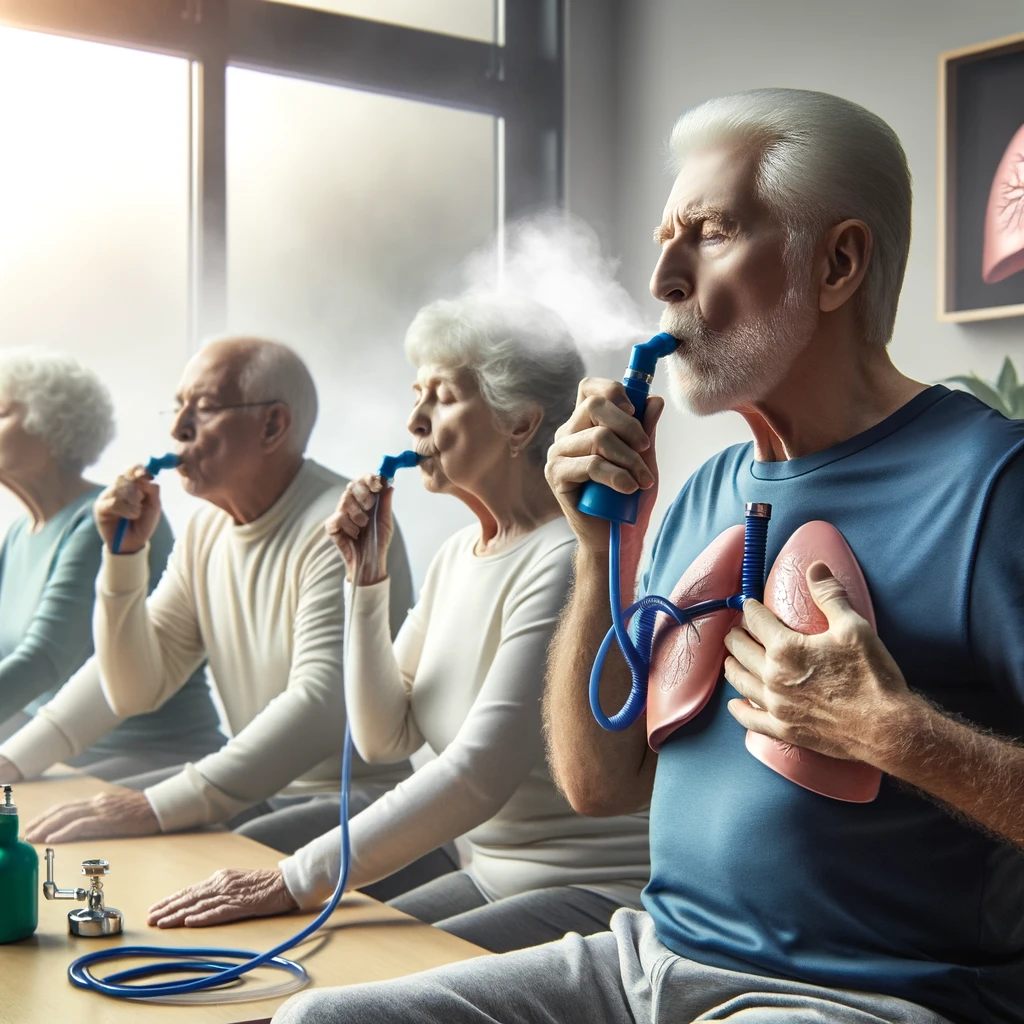
These exercises help expand the lungs, making them more efficient at using oxygen. This increase in lung capacity can lead to improved endurance and the ability to perform daily activities with less fatigue.
B. Reduced Breathlessness
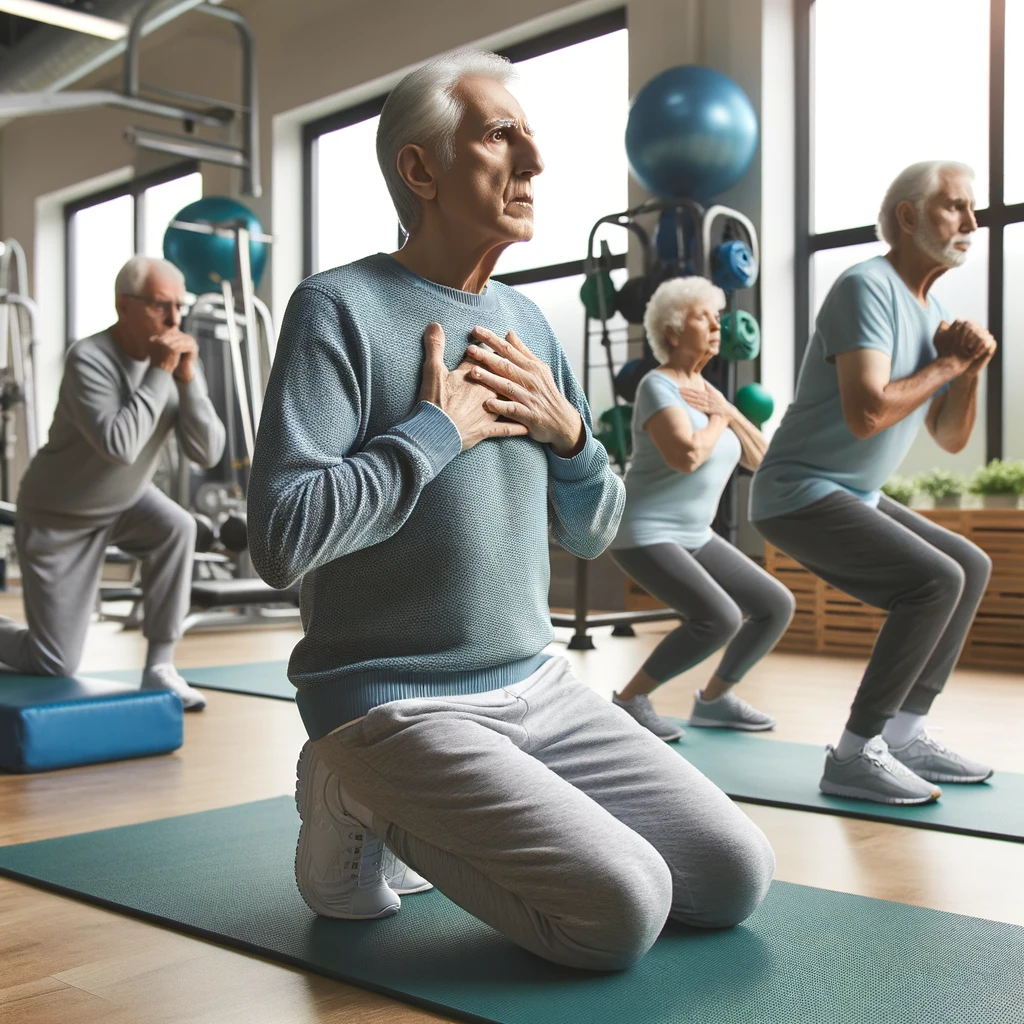
By strengthening the muscles involved in breathing, such as the diaphragm and intercostal muscles, seniors can experience fewer episodes of breathlessness. This is particularly important for those with chronic respiratory conditions who may struggle with shortness of breath during routine activities.
C. Enhanced Airway Clearance
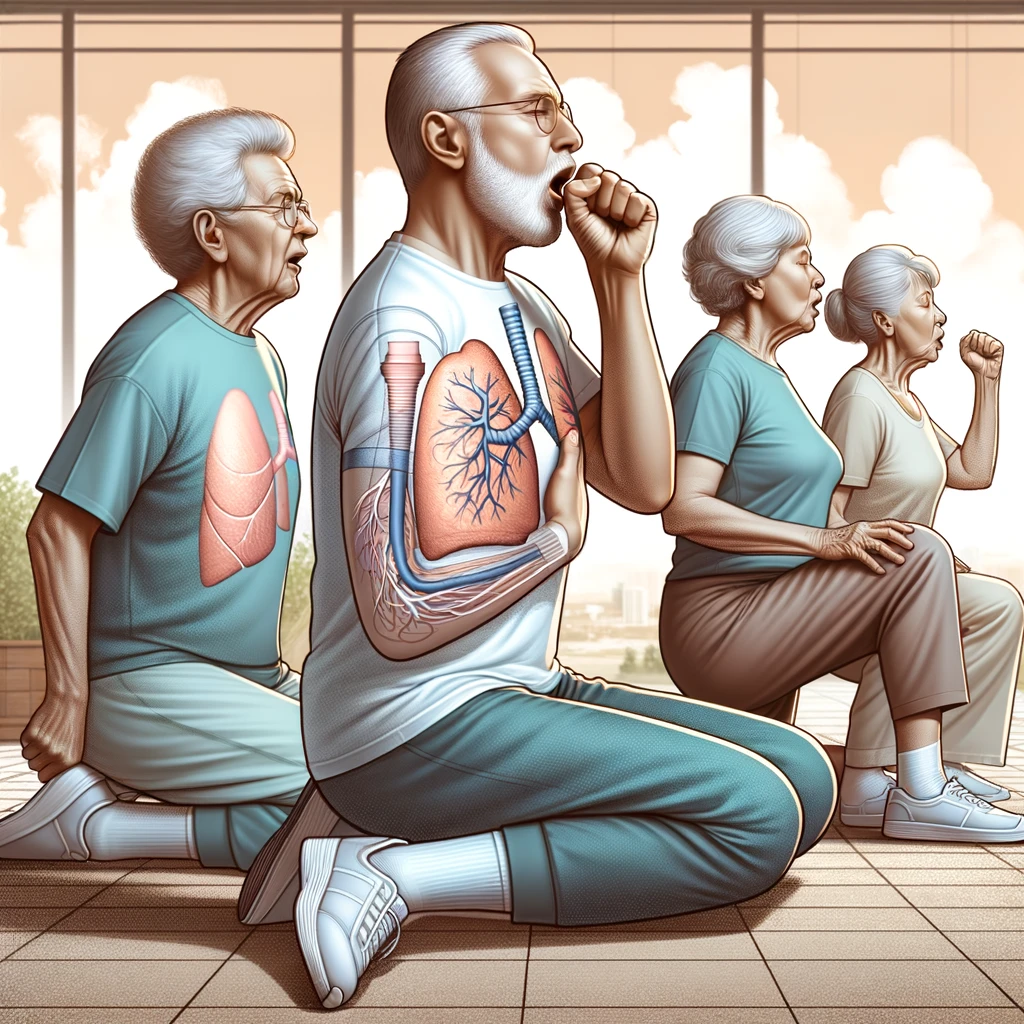
Respiratory exercises promote the clearance of mucus from the lungs, which can help prevent infections and improve overall lung health. Techniques like deep breathing and controlled coughing are effective in maintaining clear airways.
D. Improved Sleep and Energy Levels
Regular practice of these exercises can lead to better sleep quality, as the body becomes more relaxed and oxygenated. Improved sleep can also enhance overall energy levels and mood, contributing to a better quality of life.
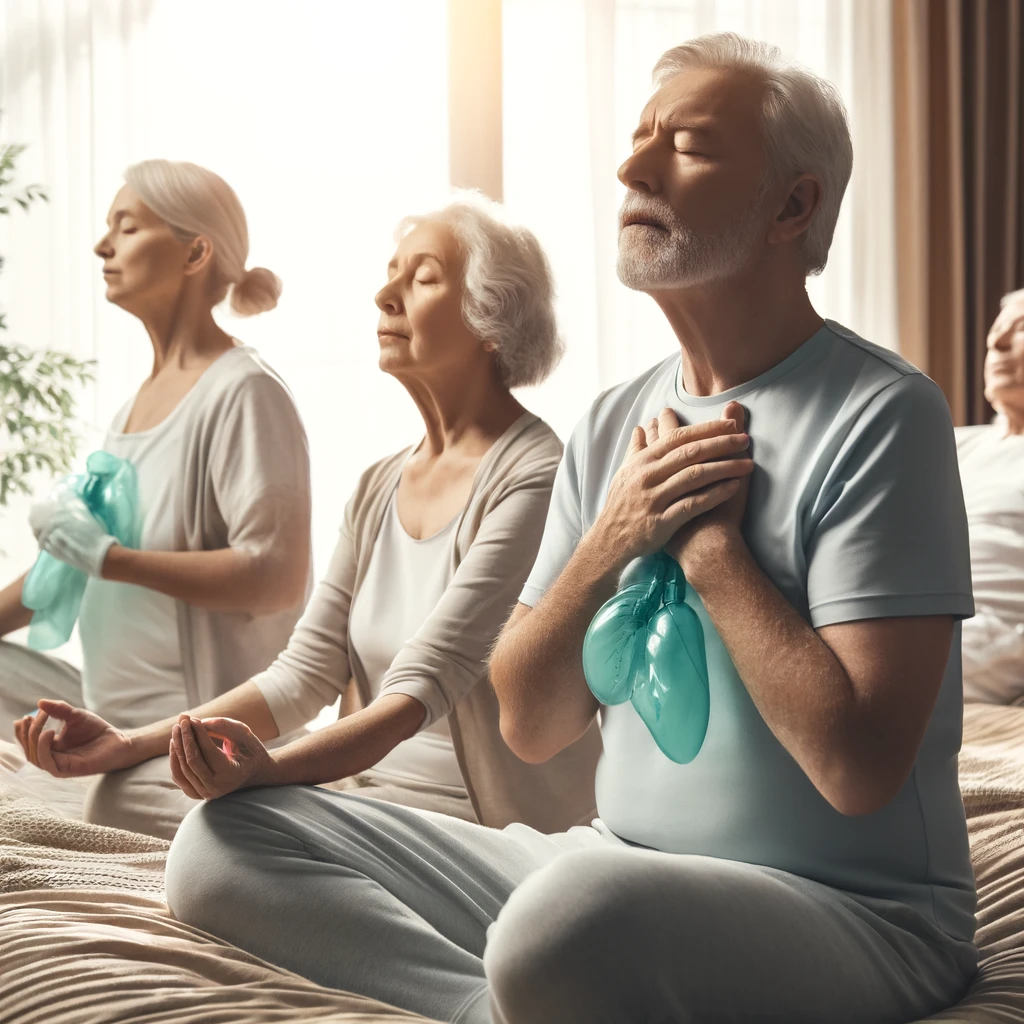
Overall, engaging in respiratory exercises can help seniors not only improve their physical health but also enhance their ability to enjoy daily activities and maintain independence.
Getting Started with Respiratory Exercises
Before starting any new exercise program, it is crucial to consult with a healthcare provider. Once you have the green light, here are some foundational exercises to include in a pulmonary rehab regimen:
A. Diaphragmatic Breathing
Purpose: Strengthens the diaphragm, increases oxygen intake, and decreases effort to breathe.
Diaphragmatic breathing is a fundamental exercise that focuses on engaging the diaphragm, a major muscle involved in the breathing process. Seniors can practice this by lying flat or sitting in a comfortable chair, placing one hand on the belly and the other on the chest to monitor the movement of the diaphragm. When inhaling deeply through the nose, the belly should rise significantly more than the chest. This indicates that the diaphragm is being used effectively rather than shallow chest breathing. The exercise helps increase lung capacity, improves the efficiency of oxygen exchange, and reduces the workload on the respiratory muscles
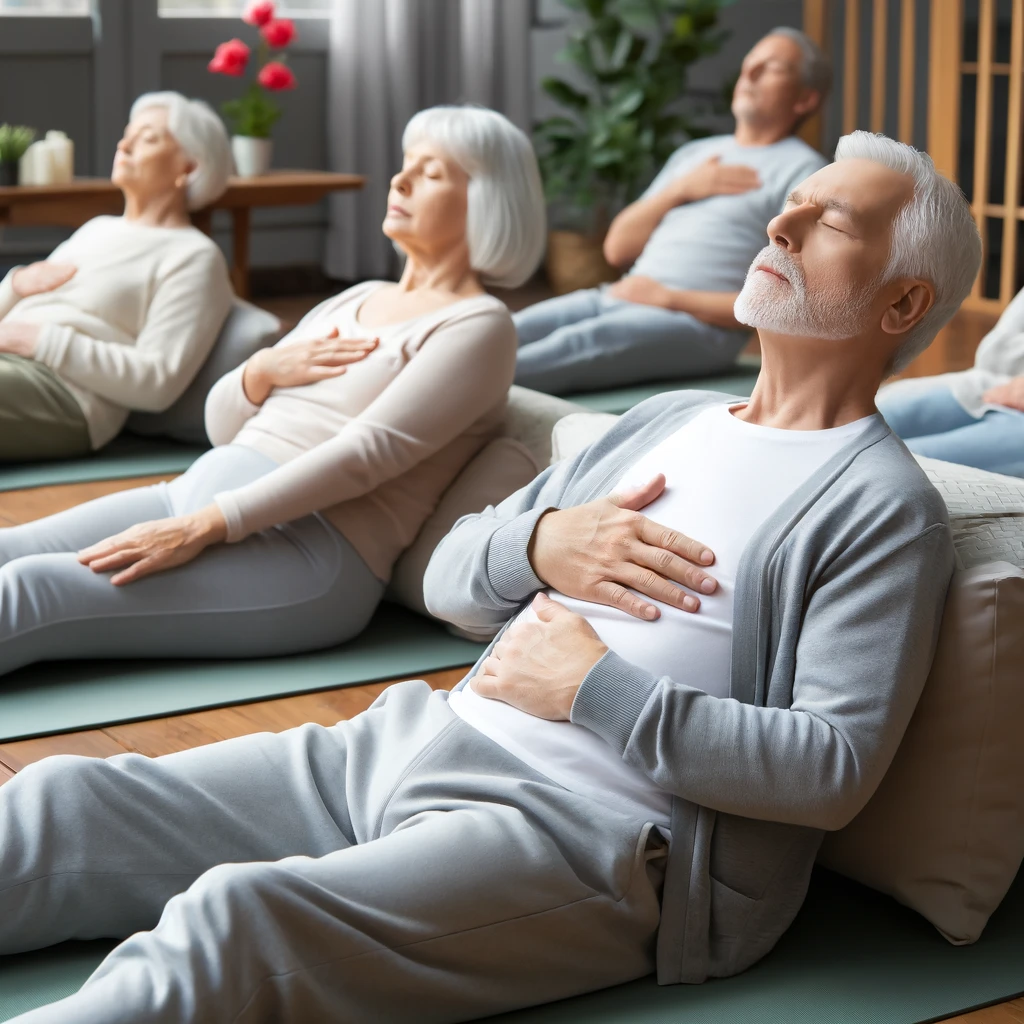
How to Perform:
- Sit comfortably or lie flat, placing one hand on your belly and the other on your chest.
- Inhale deeply through the nose, ensuring the hand on your belly rises more than the one on your chest.
- Exhale slowly through pursed lips, pressing gently on your abdomen to help expel air.
- Repeat for 5-10 minutes daily.
B. Pursed Lip Breathing
Purpose:
Pursed lip breathing helps control breathlessness, a common issue among seniors with respiratory conditions. This technique involves inhaling slowly through the nose for two seconds and exhaling through pursed lips for four to six seconds. The key is to exhale twice as long as inhaling, which helps maintain open airways longer, allowing for better expulsion of air and prevention of air trapping in the lungs. Regular practice can aid in relaxation and provide relief during episodes of shortness of breath.
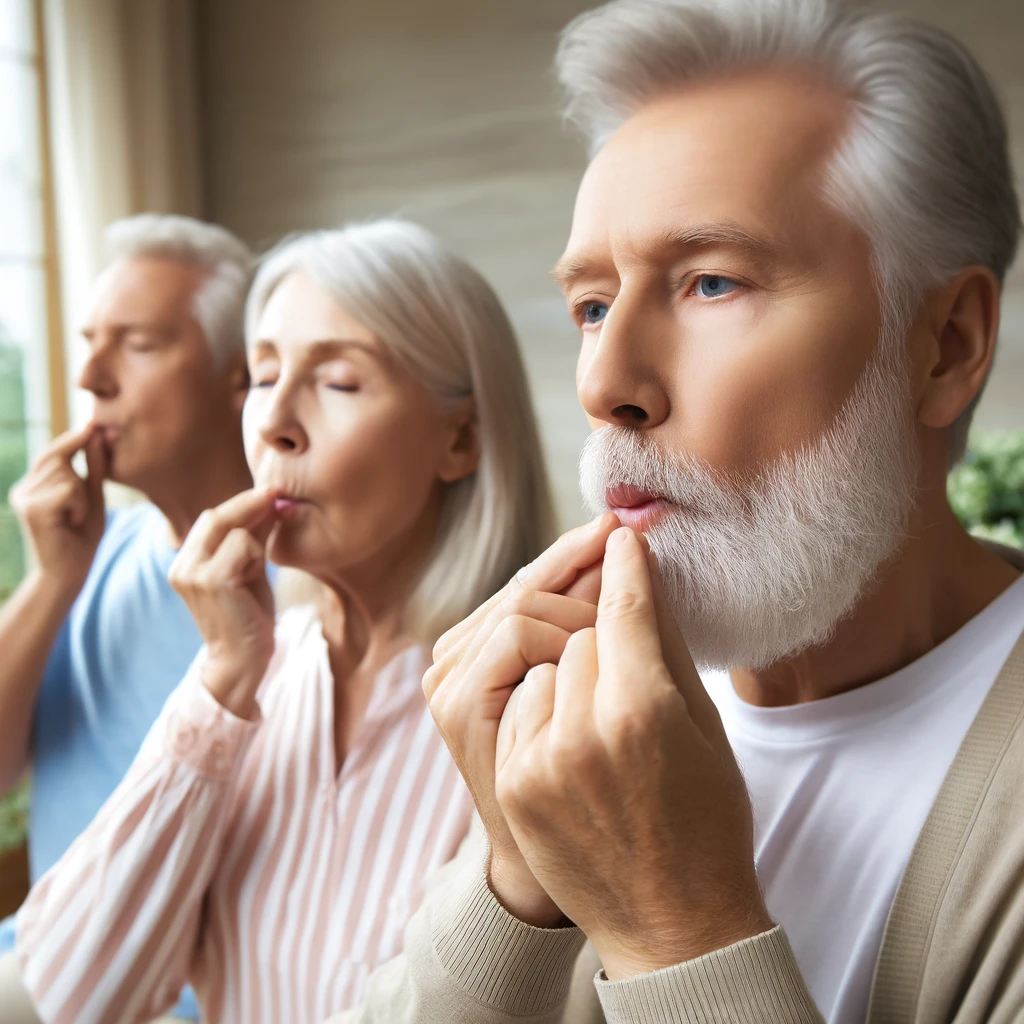
How to Perform:
- Breathe in slowly through the nose for two seconds (with mouth closed).
- Pucker your lips as if you’re going to whistle.
- Exhale slowly and gently through pursed lips for four to six seconds.
- Repeat this process for several minutes at a time.
C. Rib Stretch
Purpose: Expands the ribs to allow for deeper breaths and improve lung function.
The rib stretch exercise is excellent for expanding the lungs and improving the flexibility of the rib cage. To perform this, seniors should stand upright, exhale completely, then inhale deeply and hold their breath for about 10 seconds while stretching their arms overhead or to the sides to widen the ribcage. This maneuver helps increase lung capacity and enhances the ability to take deeper breaths, which is particularly beneficial for those who experience tightness or restrictions in their chest area.
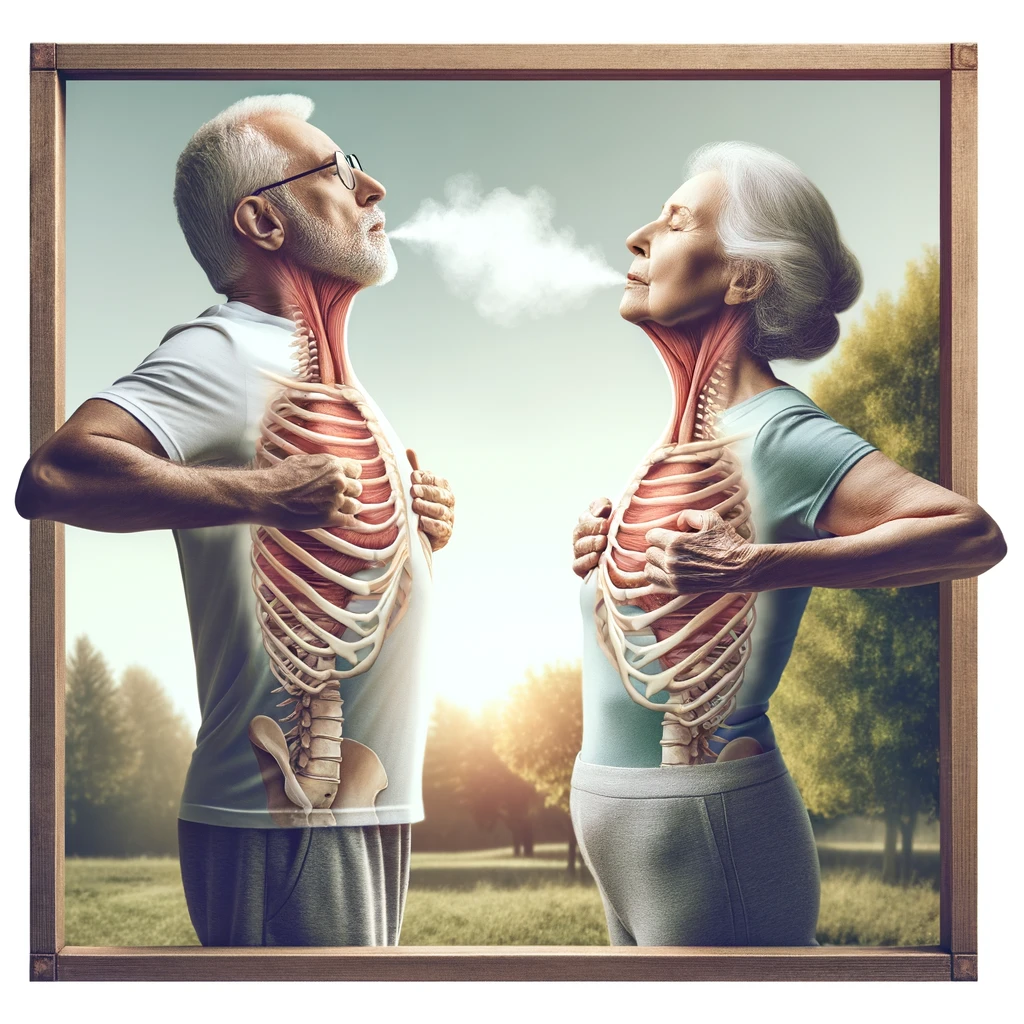
How to Perform:
- Stand upright and exhale all the air from your lungs.
- Slowly breathe in deeply and hold your breath for about 10 seconds.
- While holding your breath, reach your arms overhead to stretch your ribs.
- Exhale slowly and relax.
- Repeat several times.
D. Numbered Breath Counting
Purpose: Enhances concentration and control over breathing, useful in managing shortness of breath.
Numbered breath counting is a controlled breathing exercise that combines deep breathing with a focus on counting to aid concentration and lung function. Seniors start by inhaling deeply while counting to four, hold the breath while counting to seven, and then exhale slowly while counting to eight. This practice not only helps in regulating the breathing pattern but also reduces stress, improves focus, and increases the efficiency of the respiratory system by promoting relaxation and ensuring that air is fully expelled from the lungs.
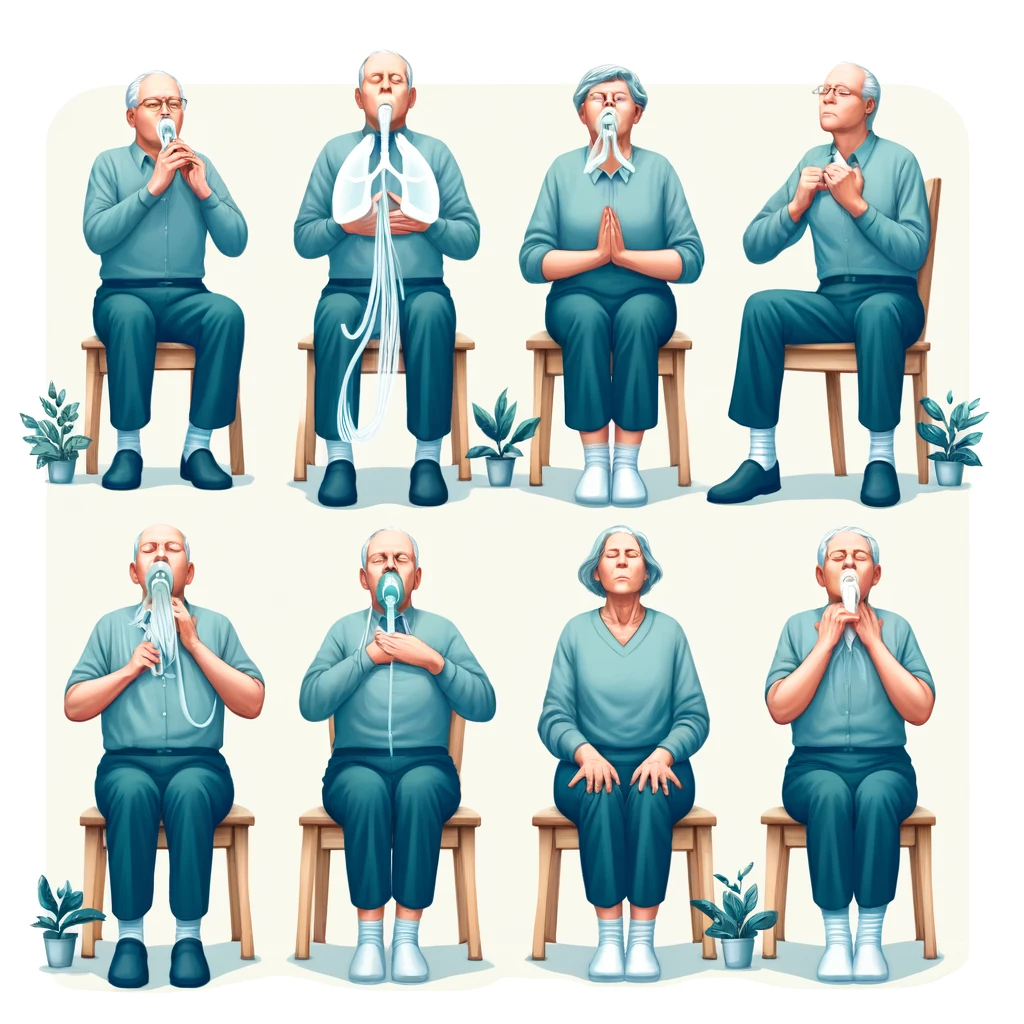
How to Perform:
- Sit or stand with your back straight.
- Breathe in deeply while slowly counting to four.
- Hold your breath and count to seven.
- Exhale completely as you count to eight.
- Repeat four to seven time
Incorporating Exercises into Daily Life
Incorporating respiratory exercises into daily life is key for seniors to consistently reap the benefits over time. Here’s a brief explanation on how to integrate these exercises effectively:
A. Regular Practice
Making respiratory exercises a routine part of your daily schedule ensures they become a habit. Seniors can set aside specific times each day, like morning or evening, to practice exercises such as diaphragmatic breathing or pursed lip breathing. Consistency is crucial for long-term benefits.
B. Combine with Other Activities
Respiratory exercises can be easily combined with other gentle activities that seniors might enjoy, such as walking or light stretching. This integration can make the routine more enjoyable and less monotonous, encouraging regular participation.
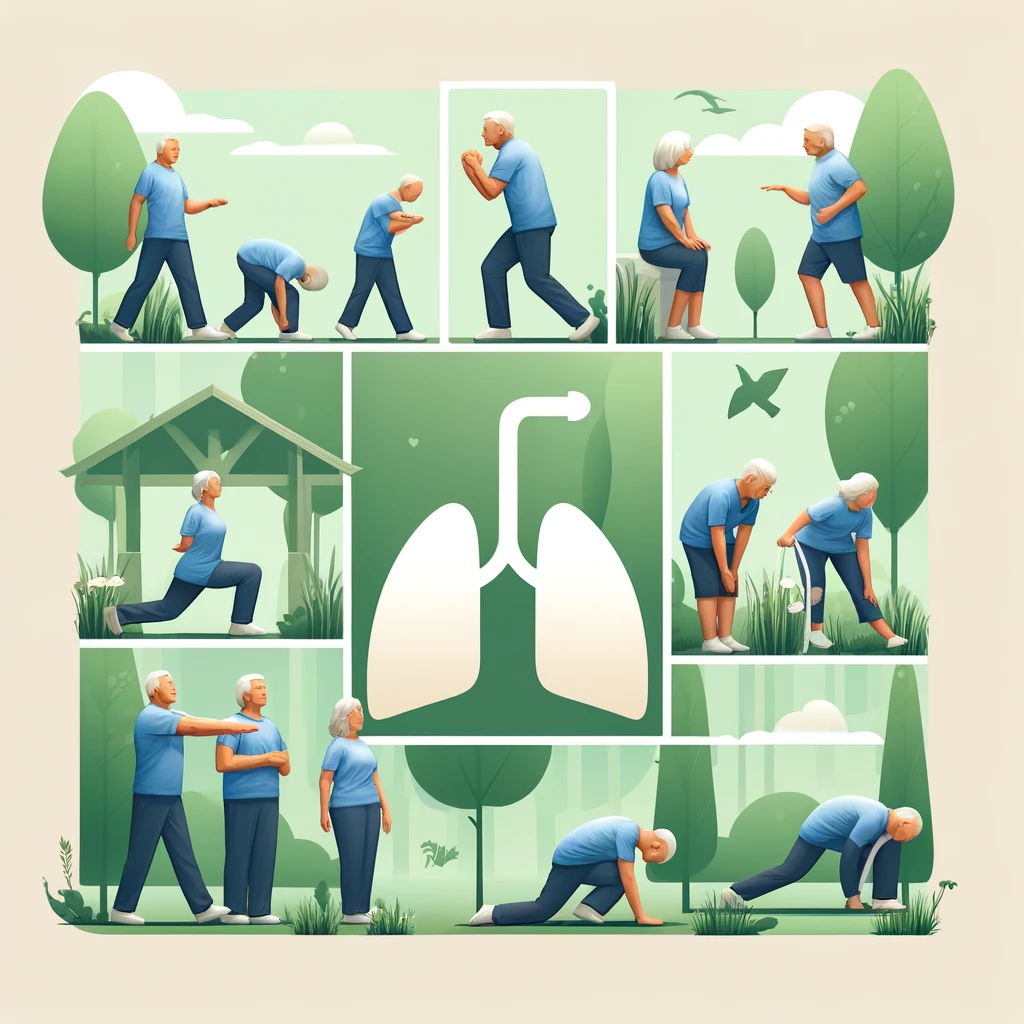
C. Gradual Integration
For those new to respiratory exercises, it’s important to start slowly and gradually increase the duration and intensity of the exercises as comfort and ability improve. This approach helps prevent fatigue and maintains motivation.
D. Use of Reminders
Setting reminders through alarms or apps can help seniors remember to perform their exercises throughout the day. This is especially helpful for those with busy schedules or who may forget due to cognitive challenges.

By embedding these exercises into daily life, seniors can improve their lung capacity, manage symptoms of respiratory conditions, and enhance their overall health and well-being.
Motivational Tips to Keep Going
Starting a new exercise routine can be challenging, especially for seniors with existing health issues. Here are some motivational quotes to inspire persistence and dedication in your journey:
- “Breathing deeply is the secret to vitality and rejuvenation.” – Unknown
- “The body achieves what the mind believes.” – Napoleon Hill
- “The only way to keep your health is to eat what you don’t want, drink what you don’t like, and do what you’d rather not.” – Mark Twain
Stories of Success
Many seniors have found significant improvements in their quality of life through dedicated respiratory exercises. Consider the story of John, a 72-year-old retiree with COPD, who managed to reduce his reliance on supplemental oxygen by consistently practicing diaphragmatic and pursed lip breathing. His story is a testament to the power of commitment and the potential for improving respiratory health at any age.

Conclusion
In conclusion, respiratory exercises play a crucial role in improving the health and quality of life for seniors, particularly those engaged in pulmonary rehabilitation. As we’ve explored, these exercises enhance lung capacity, strengthen breathing muscles, and help manage the symptoms of chronic respiratory conditions. By incorporating practices such as diaphragmatic breathing, pursed lip breathing, rib stretching, and numbered breath counting into daily routines, seniors can achieve significant benefits that transcend physical well-being to include mental and emotional health improvements.
Regularly engaging in these exercises not only empowers seniors to maintain their independence but also enriches their lives by enabling more active participation in social and recreational activities. Furthermore, the consistent practice of these exercises ensures that seniors can handle everyday tasks more efficiently, with reduced breathlessness and greater stamina.
About Steve Allison
Steve Allison is an experienced personal trainer and nutrition specialist for seniors, with a robust background and certifications from NASM. His expertise and dedication to enhancing senior health through tailored exercise and nutrition plans have made a significant impact on many lives, guiding seniors toward a more vibrant, healthy golden years.
Remember, the journey to better breathing doesn’t have to be walked alone. With the right exercises for pulmonary rehab and the guidance of seasoned professionals like Steve, you can breathe easier and enjoy a fuller life.
Here at The Fitness Help Desk, we’re committed to offering practical, evidence-based fitness and nutrition advice, and this article delves deep into respiratory exercises that can significantly enhance quality of life.

